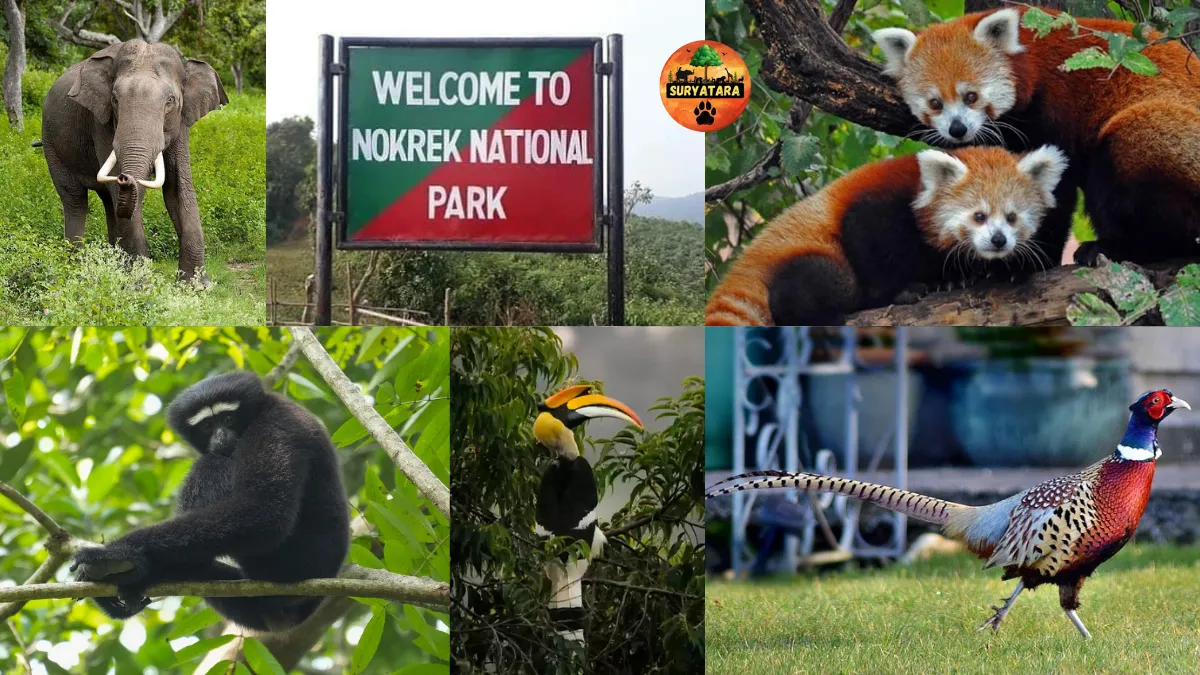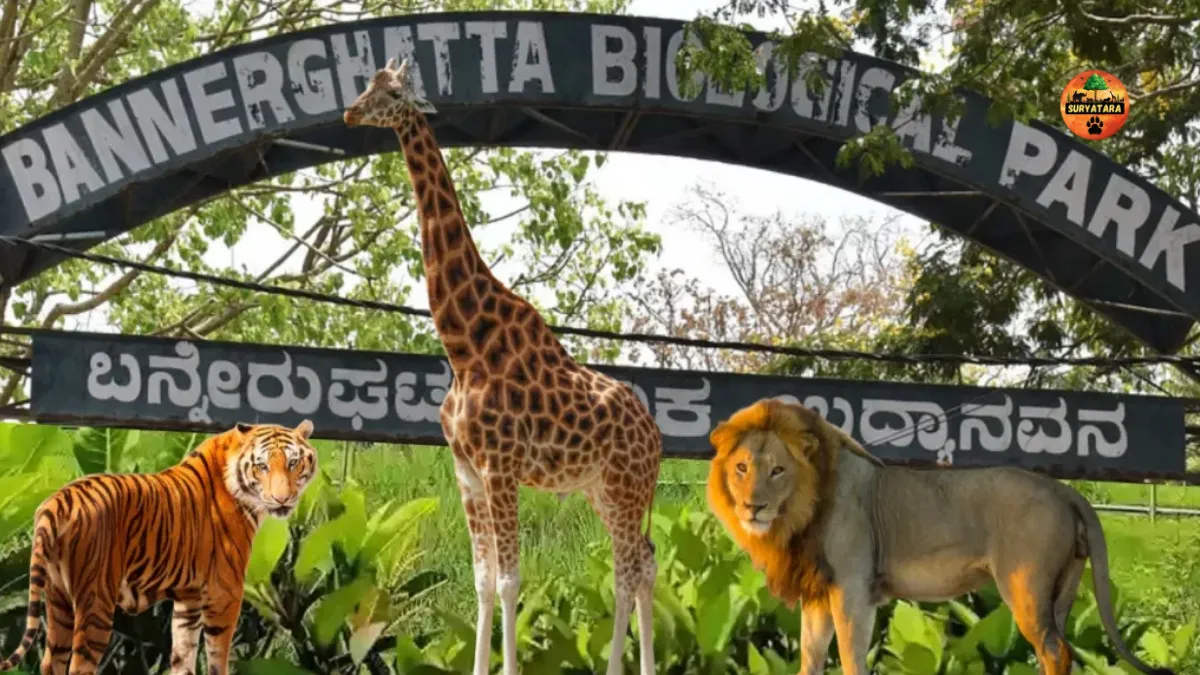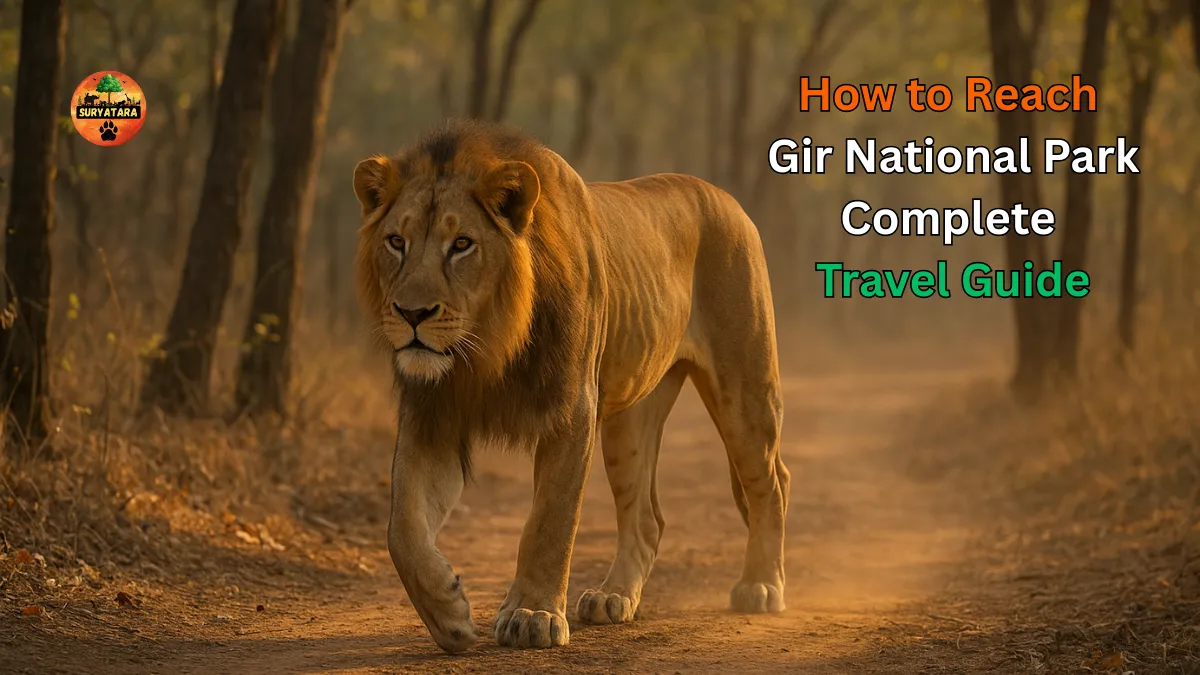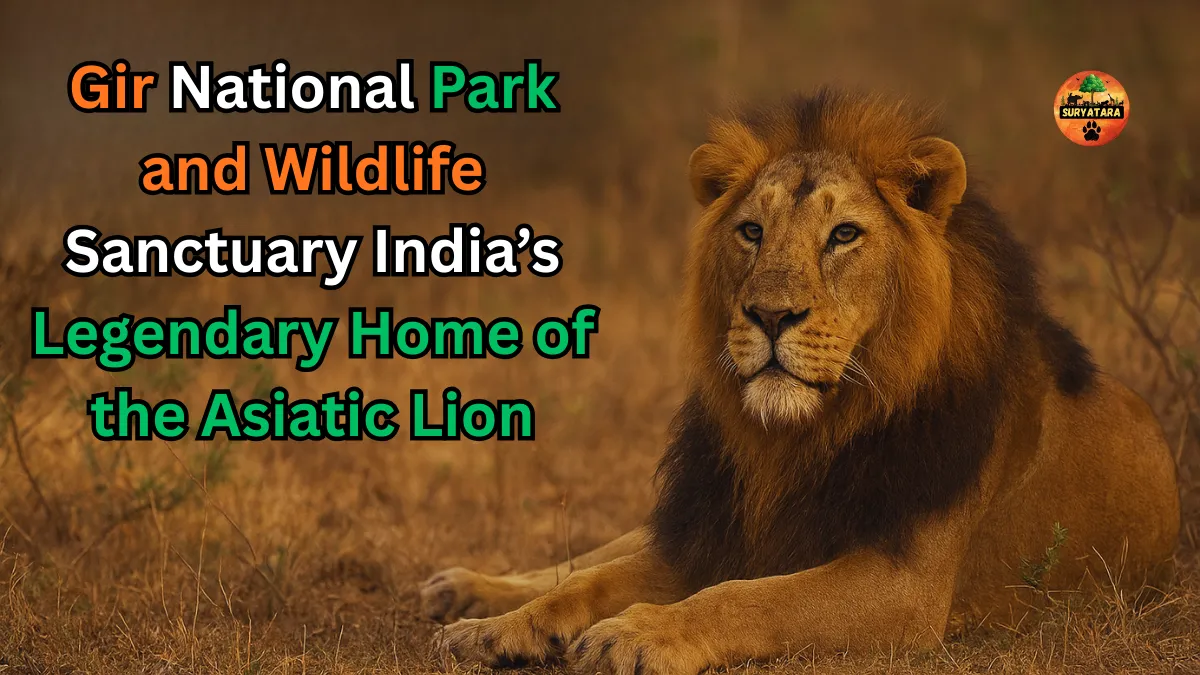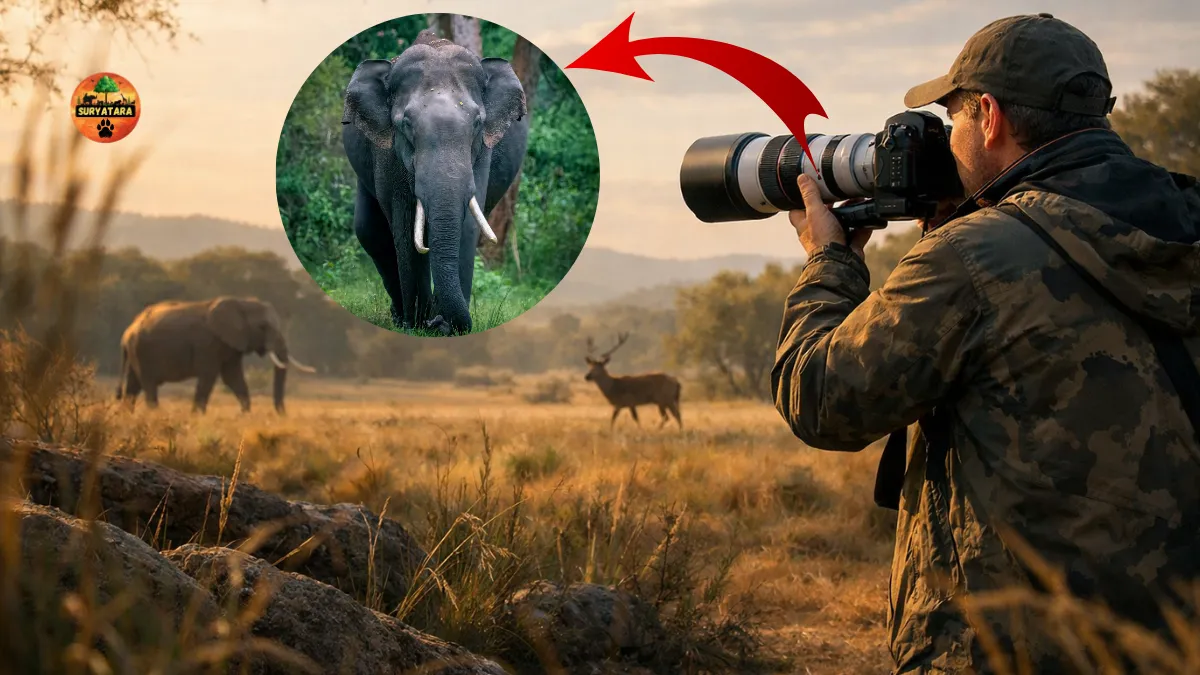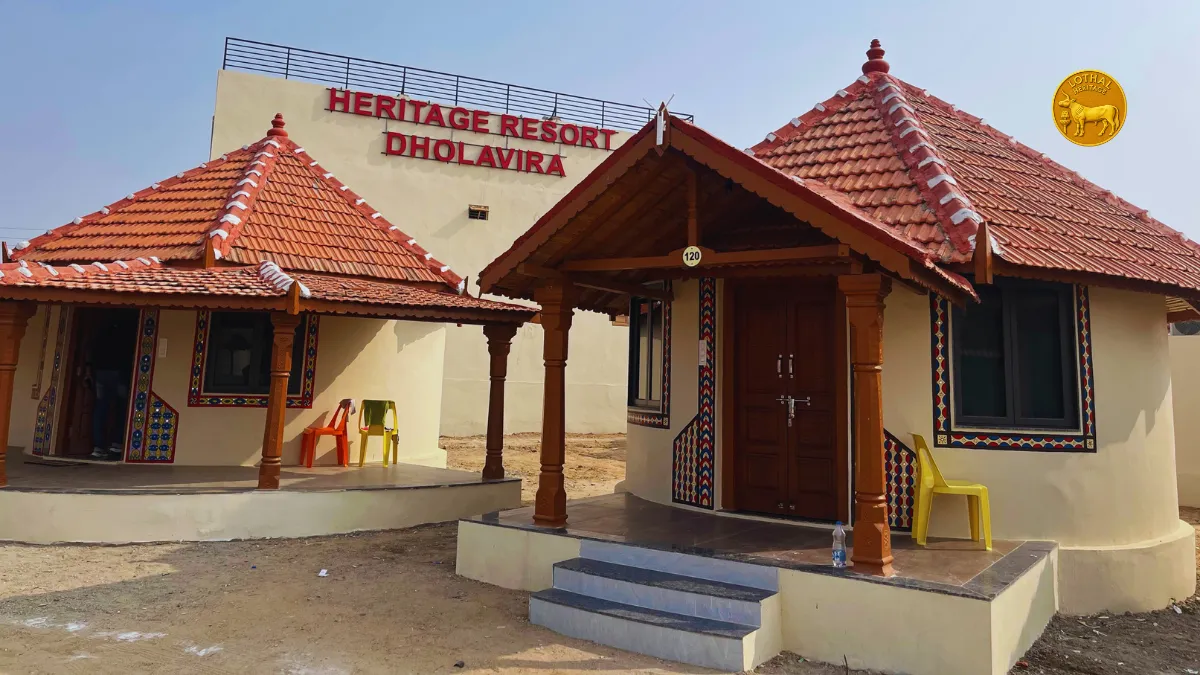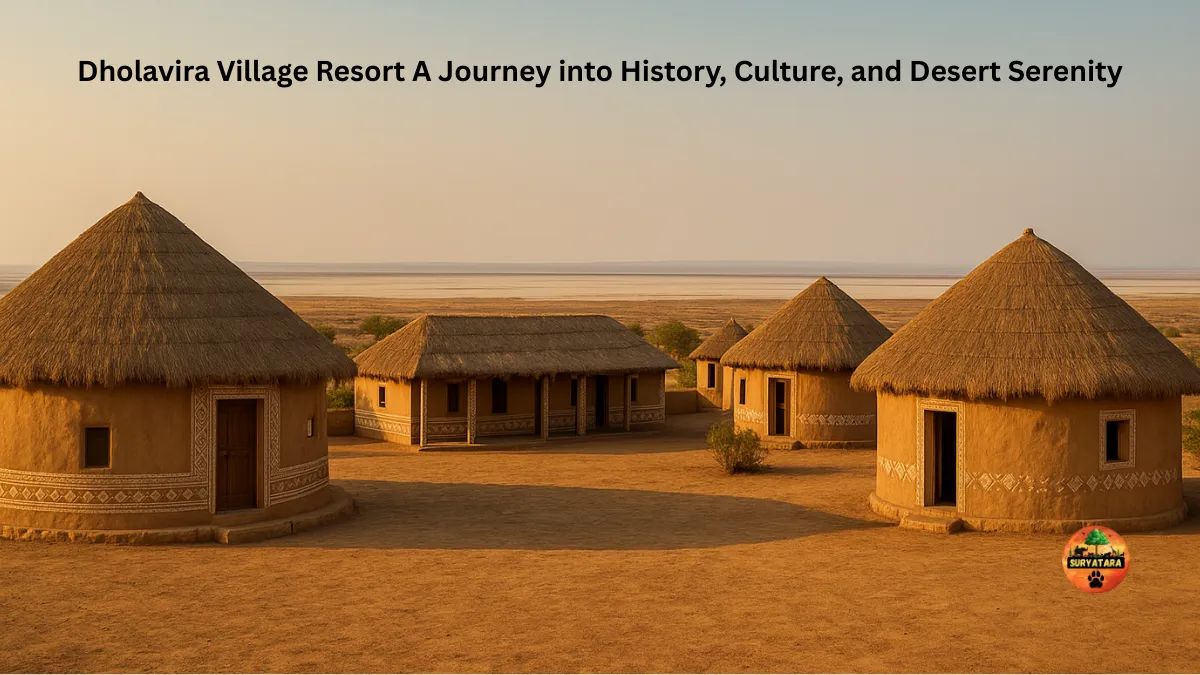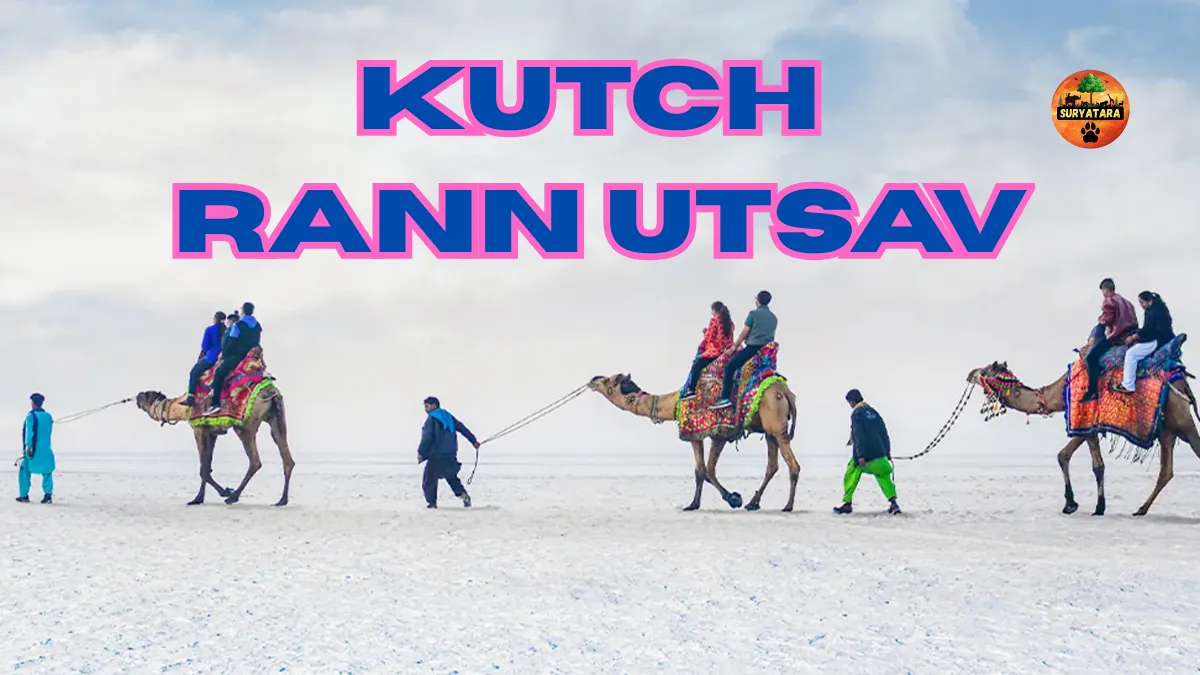Nokrek National Park is a hidden gem nestled in the lush hills of Meghalaya, India. As one of the richest biodiversity hotspots in the country, this national park is not only a haven for wildlife enthusiasts but also an essential ecological zone. With its pristine forest cover, unique flora and fauna, and cultural significance, Nokrek National Park stands as a testament to nature’s wonders waiting to be explored.
A Glimpse into Nokrek National Park
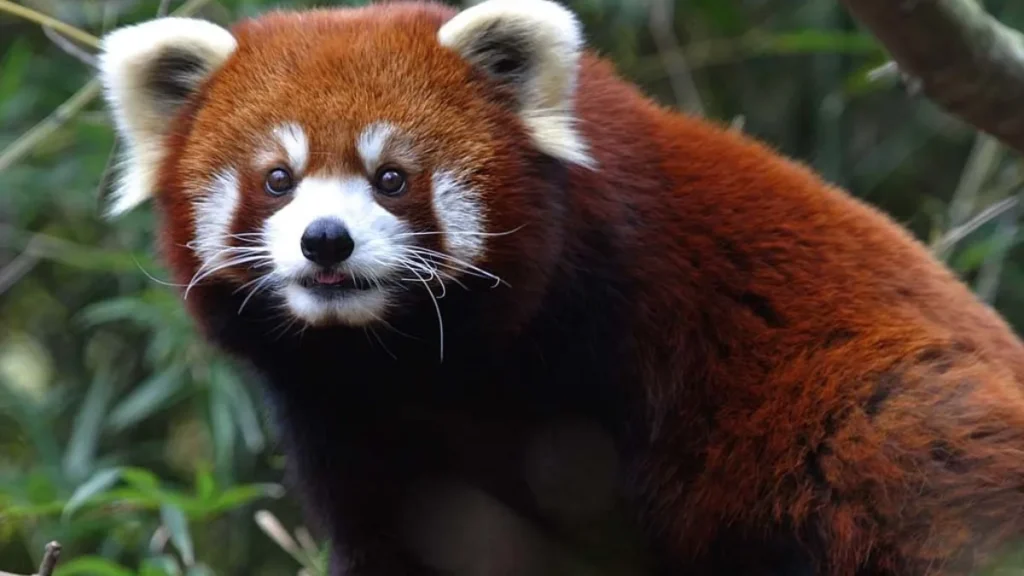
Located about 2 kilometers from the Tura Peak in the West Garo Hills district of Meghalaya, Nokrek National Park was declared a Biosphere Reserve by UNESCO in 2009. The park covers an area of approximately 47.48 square kilometers and is part of the larger Nokrek Biosphere Reserve, which spans over 800 square kilometers. Nokrek is especially known for being the last home of the Western Hoolock Gibbon, a rare and endangered primate species.
This park is also considered one of the most important gene pool reserves for citrus fruits, particularly the wild citrus species called Citrus indica, which is believed to be a progenitor of modern cultivated oranges.
Key Details About Nokrek National Park
| Feature | Details |
|---|---|
| Location | West Garo Hills, Meghalaya, India |
| Area | 47.48 sq. km |
| Established | Declared a National Park in 1986 |
| UNESCO Biosphere Reserve | Recognized in 2009 |
| Nearest City | Tura (approx. 2 km away) |
| Notable Species | Red panda (historic), Western Hoolock Gibbon, Clouded Leopard |
| Best Time to Visit | October to May |
| Famous For | Rich biodiversity, citrus gene pool, pristine forest |
Unique Wildlife at Nokrek National Park
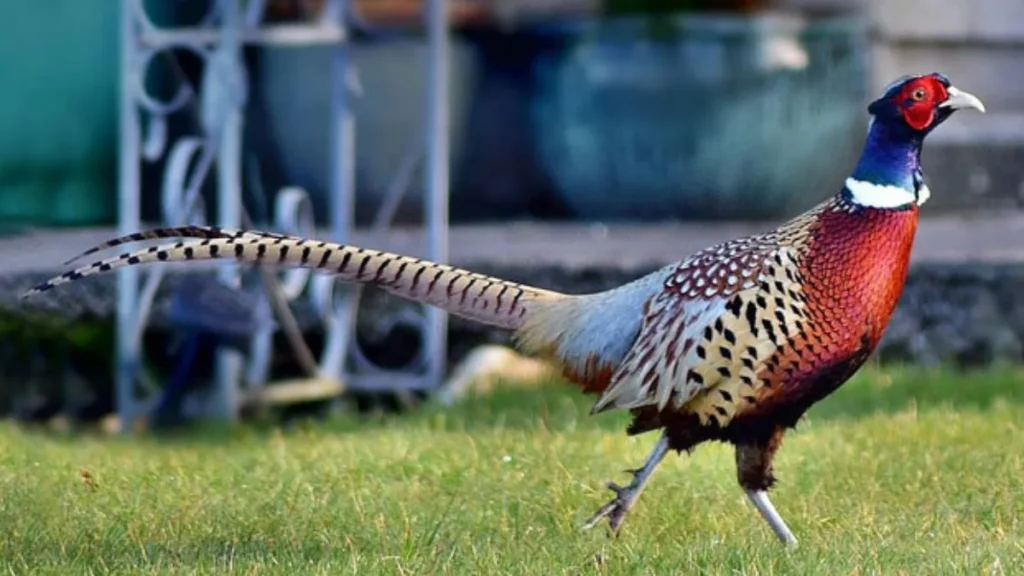
Nokrek National Park’s biodiversity is nothing short of astounding. The dense tropical forest is home to numerous rare and endangered species. Some of the key inhabitants include:
- Western Hoolock Gibbon: One of the only ape species found in India and an indicator of forest health.
- Clouded Leopard: Though elusive, it represents the top predator of the region.
- Asian Elephant: Frequently spotted roaming in herds.
- Leopard Cat, Slow Loris, and Wild Boar: Smaller but ecologically significant species.
- Birds: Nokrek is a birdwatcher’s paradise with hornbills, pheasants, and rare migratory birds visiting during the winter.
This rich variety makes Nokrek a critical conservation zone and an essential site for ecological research.
Subheading Featuring the Focus Keyword: Nokrek National Park and Its Ecological Importance
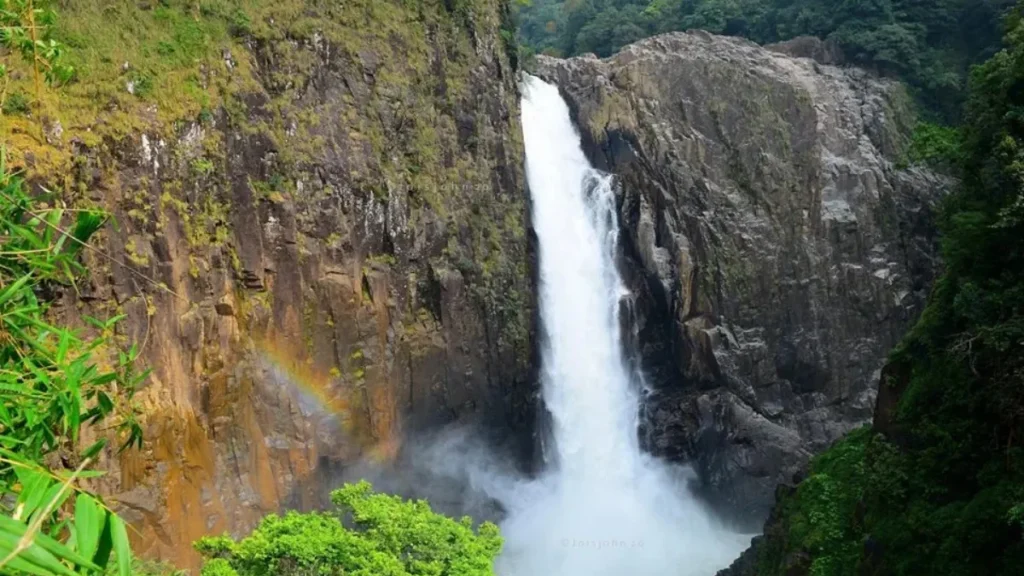
Nokrek National Park holds a central role in maintaining the ecological balance of the Garo Hills. As a catchment area for many rivers and streams, it supports both wildlife and human populations downstream. The park’s forest acts as a natural carbon sink, helping to combat climate change.
Moreover, the region supports the traditional lifestyle of local Garo tribes, who share a symbiotic relationship with the forest. Their deep respect for nature has helped preserve the area’s biodiversity for generations.
Visitor Information: How to Explore Nokrek National Park

Reaching Nokrek National Park is relatively easy if you are already in Meghalaya. Here’s how you can plan your trip:
- By Air: The nearest airport is in Guwahati, Assam, about 180 km from Tura.
- By Rail: Guwahati is also the nearest major railway station.
- By Road: Tura is well-connected by road from Shillong and Guwahati.
Once in Tura, you can take a short drive to the park’s entry point. From there, trekking is the only way to explore Nokrek, which ensures the area remains untouched by commercial tourism.
For accommodation, eco-lodges and guesthouses are available in and around Tura. Local guides are recommended to help you navigate the trails and enhance your understanding of the flora and fauna.
Also read: Tal Chhapar Sanctuary: A Hidden Gem in Rajasthan’s Wildlife Landscape
Why Nokrek National Park Deserves More Attention

Unlike some of India’s more famous national parks, Nokrek National Park remains relatively unexplored, offering a raw and authentic experience of nature. Its importance lies not just in the species it protects but in its contribution to global biodiversity and environmental stability.
Researchers, nature lovers, and responsible travelers find Nokrek a peaceful escape and a place of learning. It’s not just about seeing animals—it’s about understanding the delicate web of life and the urgent need to preserve it.
Also read: Balpakram National Park is Located in the Heart of Meghalaya’s Biodiversity
Conclusion
If you’re searching for an off-the-beaten-path destination rich in natural beauty and ecological value, Nokrek National Park is an ideal choice. From rare wildlife sightings to serene forest treks, every moment spent here is a step closer to understanding the true spirit of nature. As we face global environmental challenges, places like Nokrek remind us why conservation is not just necessary—it is vital.
So, pack your trekking shoes and a keen sense of curiosity, because Nokrek National Park is waiting to tell you its story—one leaf, one bird call, and one wild citrus tree at a time.
